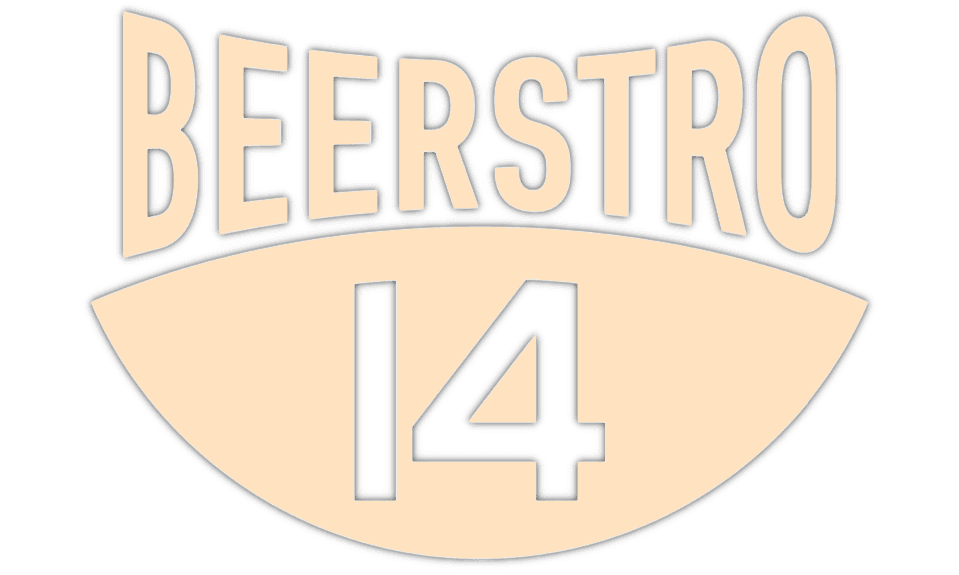Food allergies and intolerances have become a significant health and hospitality challenge in recent years. An increasing number of people live with some form of sensitivity, which makes it essential for restaurants and other hospitality venues to provide accurate information about whether a dish contains allergens. Indicating allergens on the menu is not only a legal obligation, but also potentially life-saving information for consumers.
Why is it important to indicate allergens on menus?
The primary reason is guest safety. A severe allergic reaction can lead to a life-threatening condition within minutes if a person consumes an ingredient they are allergic to. Clear allergen labeling enables consumers to make safe choices from the menu.
In addition, providing accurate, transparent, and easy-to-understand allergen information enhances the professionalism and credibility of the establishment. It builds trust and improves the guest experience. A guest with allergies who feels that their needs are taken seriously is more likely to return and recommend the place to others.
Finally, indicating allergens is not just a legal requirement, it’s also a moral responsibility.
How to properly indicate allergens on a restaurant menu
Proper allergen labeling starts with accurate and up-to-date records of the ingredients used in each dish. Based on this information, allergens can be clearly indicated on the menu. In practice, two main methods are commonly used:
- Text-based labeling: Allergens are listed in parentheses or in a separate line next to the dish name, e.g., “Creamy mushroom chicken (milk, gluten)”.
- Number-based system: Each allergen is assigned a number (e.g., milk – 7), and these numbers appear next to the dishes, along with a key explaining what each number represents.
It’s essential that the labels are clearly readable, unambiguous, and applied consistently throughout the menu. It is advisable to highlight allergens using bold text, colored markers, or icons to make them easier to spot. Staff must also be properly trained so they can accurately answer any questions related to allergens.
The most common allergens and how to label them
According to EU regulations, 14 allergens must be clearly indicated if they are present in a dish, even in trace amounts. These are:
- Cereals containing gluten (e.g., wheat, rye, barley, oats)
- Crustaceans (e.g., shrimp, lobster)
- Eggs
- Fish
- Peanuts
- Soybeans
- Milk
- Tree nuts (e.g., almonds, walnuts, cashews)
- Celery
- Mustard
- Sesame seeds
- Sulphur dioxide and sulphites
- Lupin
- Molluscs (e.g., clams, squid)
For example, in a traditional breaded cheese dish, gluten (from the coating), eggs (used in breading), and milk (in the cheese) must be indicated. A creamy mushroom soup may contain milk and flour (gluten), and if a cooking cream substitute is used, it might also include soy. When creating a menu, it’s crucial to review every recipe carefully and check for the presence of allergens, especially in complex ingredients like dressings, sauces, or semi-prepared products.






